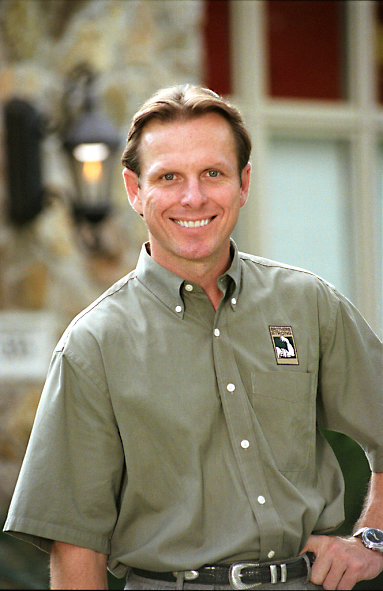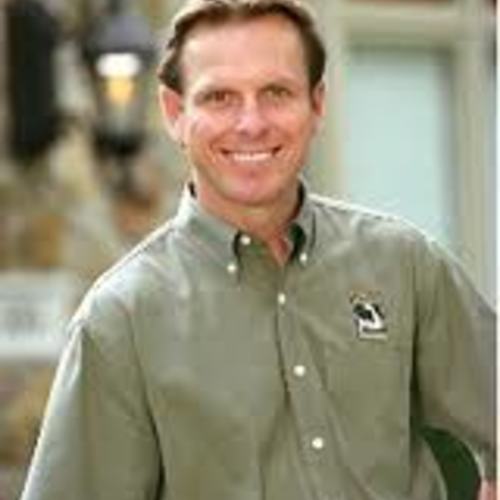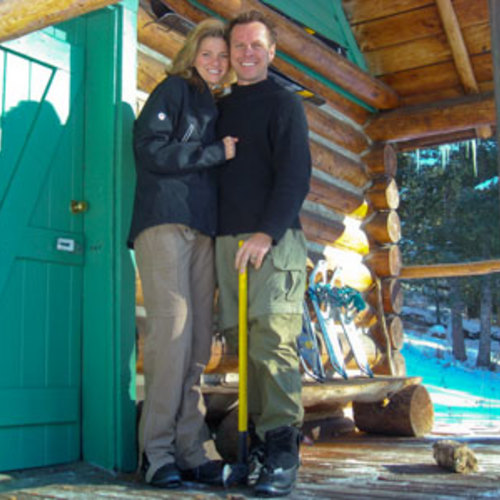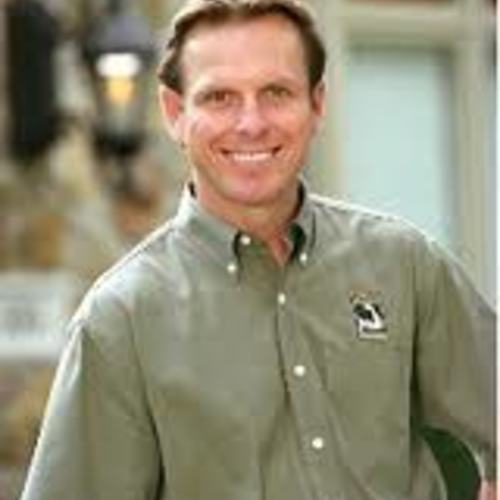
My advice to those involved with residential construction: if you are not sincere in your efforts to be a green builder/remodeler/supplier/architect, don’t try to be something you’re not. Quit fooling around, get out of the way, and do something you believe in. Otherwise, it will not be long before you are uncovered for what you are.
Everyone wants to go green
Over the past several years I have traveled around the country, speaking to (and with) building professionals of all different types: custom builders and remodelers, midsize “custom” builders, and large production builders. I have also met with designers of every persuasion, from architects, engineers, and interior designers to do-it-yourself decorators with no credentials whatsoever. Some of my most powerful conversations have been with the most senior management of Fortune 500 suppliers, manufacturers, and retailers in the residential construction industry as well as owners of local mom-and-pop hardware stores.
In every case, the conversation is about “going green.” Their business, my business, every business—and how we are all selling our products and services—is being impacted by the green tsunami sweeping over every aspect of our lives.
Silk purse or sow’s ear?
The most obvious questions I get asked regularly are: What’s green? Will it last or is it a fad? Can I really make money selling green? How do I “do” green?
Other Blogs in this Series
My 1st CommandmentMy 2nd CommandmentMy 3rd CommandmentMy 4th CommandmentMy 5th CommandmentMy 6th CommandmentMy 7th Commandment
You know what I’m talking about. You have had the same questions yourself, I am sure. But once we move beyond those obvious questions and the discussion gets deeper—down to the good stuff, where we all really start to learn about the greening of our industry—I occasionally get asked some different questions — second-level questions that are not as obvious.
They are usually some variation on: What do I have to watch out for? What is my biggest risk? And my answer is the same, each and every time: Do not try to be something you’re not! You can’t fake this stuff any more than an Irish Catholic can fake his way into a Protestant pub in Belfast! (I know, because I tried it once). Well, I guess you can try it (I did), but it’s certainly not for the faint of heart!
Where’s the beef?
Not that being you is a bad thing; it’s just that it will be your death knell in trying to establish your credentials as a green professional, if your prospects see right through you.
You tell me you are a manufacturer of “green” plywood, and I want to hear more than it is made from pre-consumer recycled content. You tell me you are selling green products for the lumberyard, and I want to see if you know more than what’s on the back of your company brochures. And if you are telling your sales prospects that you are a green builder or remodeler, you’d better be able to back that up, too.
You can’t be part-time green and still call yourself green. Either you build green or you don’t. You can’t be a green professional and not have credentials like CGP, LEED AP, or LEED Green Associate to back it up. You can’t say you build green homes if you are not willing to submit the plans and construction methodology to the independent, qualified third-party analysis and testing of a recognized local or national green building program.
There is no honor system anymore, folks. We had the chance as an industry to build right, and we blew it. If you are going to sell yourself as a green professional, you need to earn industry-recognized credentials to prove it, and you need to submit your products or homes to third-party review. So, don’t portray yourself as somebody you are not, and you will never violate my 6th commandment of building green.
Weekly Newsletter
Get building science and energy efficiency advice, plus special offers, in your inbox.















3 Comments
commandments
Good posts. I've enjoyed these commandment posts, they've been challenging and thought provoking.
it's more than the credentials
Good points, I agree with you except...many folks with the credentials you mentioned have only green-washed their resume. Unfortunately the way LEED certifications started, too many people picked up the letters behind their name purely for marketing and still aren't capable of green designing/building. It will take a long time to get past that. If they are going to block eligibility to new dedicated professionals, then I really think they need to hold the current AP holders to the same standard- if you haven't worked on a LEED project, you can't have the AP. I know several architects that are knowledgable and dedicated to the movement but can't get LEED AP....and can't get a LEED project because of it....then on the other hand there are real estate agents that hold the cred. only to make a buck.
green building programs
"You can’t say you build green homes if you are not willing to submit the plans and construction methodology to the independent, qualified third-party analysis and testing of a recognized local or national green building program"
I know quite a few net-zero or off the grid homes in Wisconsin that haven't been tested by any green building program. I also think that these homes are much more "green" and comfortable than some LEED certified buildings Ive been in. I feel much more comfortable judging a builder/architect by the performance of buildings they've already built rather than some designation they or their buildings carry (particularly LEED). I agree that LEED can be a great step in helping a consumer establish a home's "greenness" potential, but there are many other ways that a consumer can make decision.
Log in or create an account to post a comment.
Sign up Log in